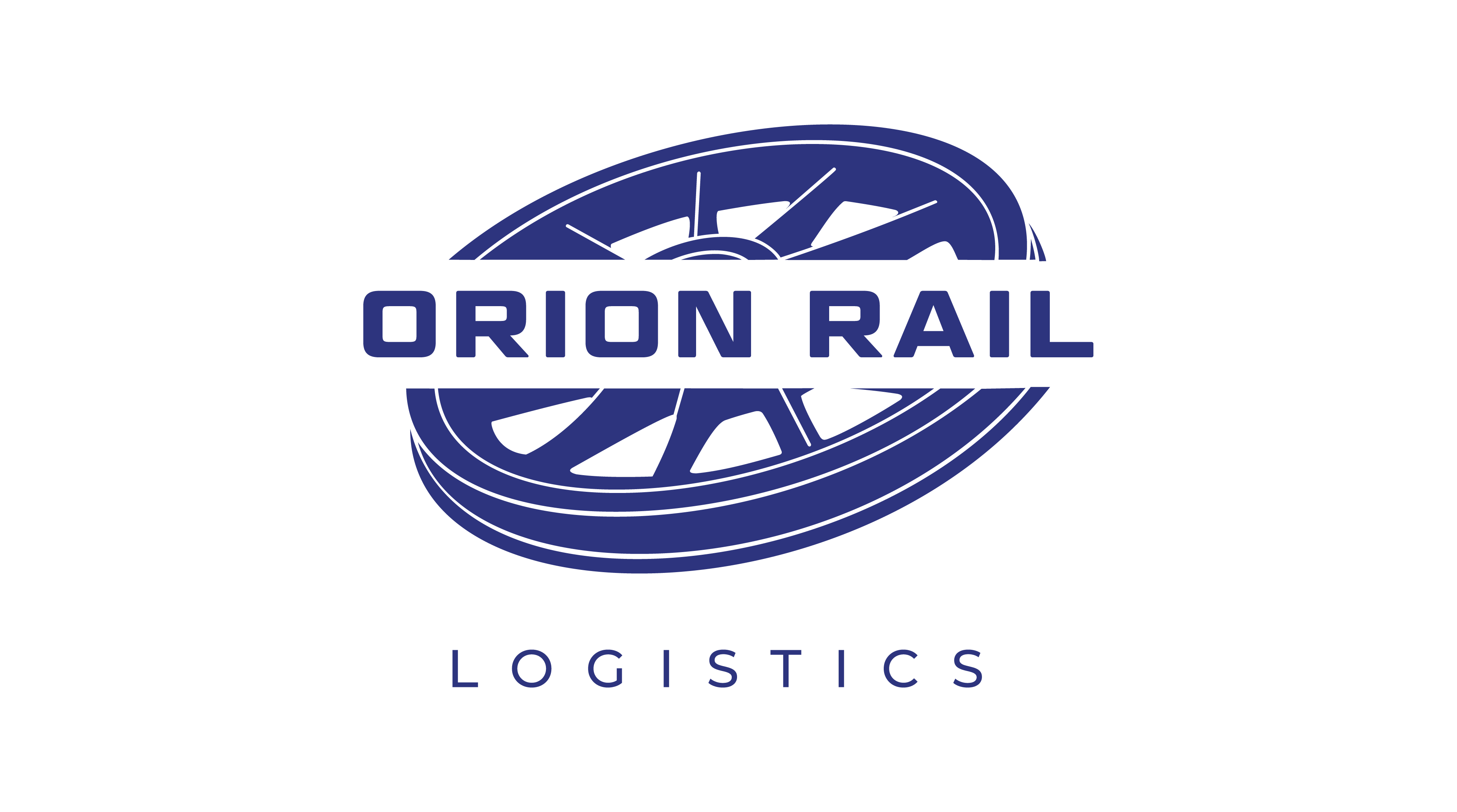Did you know that...?
Transport in Europe generates 25% of total carbon dioxide emissions. The largest proportion, 72%, comes from road transport, which includes passenger vehicles and trucks.
Rail, on the other hand, accounts for only 0.5% of emissions. The negative environmental impact of passenger vehicles alone is around 120 times greater than that of railways. Transformation of the sector is necessary, which is why the sustainability of transport is one of the premises of the European Green Deal.
Reducing greenhouse gas emissions
Rail transport is one of the most energy-efficient ways to transfer goods. Rail locomotives are usually powered by electricity, which means they emit fewer greenhouse gases per kilometre of goods transported than trucks or aircraft.
We refuel diesel locomotives with a minimum of 5% biocomponents added to the fuel. We have implemented measures to maximise transport by electric traction, thereby reducing the use of diesel locomotives.
Reduction of road congestion
Moving goods by train helps to reduce traffic jams and congestion on the roads, which in turn reduces greenhouse gas emissions from vehicles and other road traffic.
Reduction of noise
Rail is one of the quietest modes of transport. Noise reduction has a positive impact on the health and comfort levels of both humans and wildlife. Reduced noise from rail transport also has a positive impact on vegetation near rail lines.
Scalability
Rail transport can carry much higher volumes of freight than trucks or ships, meaning it is more scalable and can help reduce the number of vehicles on the road.


